Face Lift Procedures
Add life to your years.
Face lifting is performed to rejuvenate the face.
Changes associated with the aging face are the result of loss of volume of the mid-face, loss of boney support, and mal-position of mid-face structures due to gravitational descent. Additionally, the facial skin may have undergone changes as a result of environmental exposures such as ultra-violet light.
My approach to face lifting is to reverse engineer the changes of aging – specifically, deflation, gravity, and solar elastoses (sun damage). This is accomplished through selective restoration of volume in the mid-face with fat grafting, elevation of midface structures, and removal of excess skin.
My goal for facial rejuvenation is to reverse the changes associated with aging in order to create a natural and refreshed appearance. I am careful to note that not every client ages in the same way. Furthermore, one should be careful to recognize that the aging process itself varies at different rates at different stages of life. In planning and customizing facial rejuvenation, I find it useful to study photographs of clients at different decades of life during the initial consultations. I rely on my experience in treating complex craniofacial reconstructions to offer the safest and most effective face lifting techniques.
Face lifting may be safely combined with other procedures such as blepharoplasty, brow augmentation, lip lifting, and liposculpting of the neck.
I offer several different techniques of surgical facial rejuvenation based on each client’s individual needs. The goals of each technique remain the same: safety; rapid recovery and effectiveness in achieving a natural result.
MACS Lift or Short Scar Face Lift
The MACS lift was popularized by surgeons from Ghent, Belgium and I have been fortunate to visit Dr. Verpael and Dr. Tonnard to directly observe and learn from them.
What distinguishes this technique from many other face lifting procedures is the short incision and vertical vector in which the lift is achieved. I find the technique to be highly effective and safe. It is possible to perform some variations of the MACS lift with sedation.
I generally combine the MACS lift with fat grafting and other procedures such as blepharoplasty or a lateral brow lift. The incisions do not result in displacement of the hairline and because the lift is achieved in the deeper planes of tissues, there is no scar displacement or widening of the scar associated with face lifting techniques that place an emphasis on skin tightening.
A variation of the MACS lift is the Extended MACS Lift which is offered to clients seeking improvement in the contour of the neck.
SMASectomy and SMAS Plication
This technique varies from the MACS lift in that deep tissues (SMAS) are tightened following excision and closure of the defect results in elevation of the soft tissues. An alternate technique is to simply plicate, or fold on itself, the SMAS. This is analogous to the tailor-tack approach one may be familiar with in fine tailoring.
The incisions are well camouflaged and are completely within the hairline of the temple.
Recovery is comparable to the MACS lift.
Composite or Deep Plane Face Lifts
I reserve these techniques for clients with extremely thin dermis or skin. Compared with the MACS or SMASectomy techniques, the skin and SMAS are mobilized as a single unit – or a composite structure, in order to achieve lifting of the facial structures. Incisions for the deep plane lift are similar to the SMASectomy face lift.
Recovery from Face Lifting Procedures
As with all surgical procedures I perform, facelifts are performed in accredited surgical centers.
Following an adequate period of recovery, clients are discharged home to the care of a responsible adult. A bulky supportive and comfortable dressing is applied to minimize facial swelling. Dressings and drains are removed in our clinic the day after surgery. Bruising is possible and minimized by maintaining the head in elevation for several days after surgery. I also encourage the application of ice packs at frequent intervals.
Sutures are removed 5-7 days following the procedure. Social recovery is approximately 5- 7 days and full recovery in 2-3 weeks.
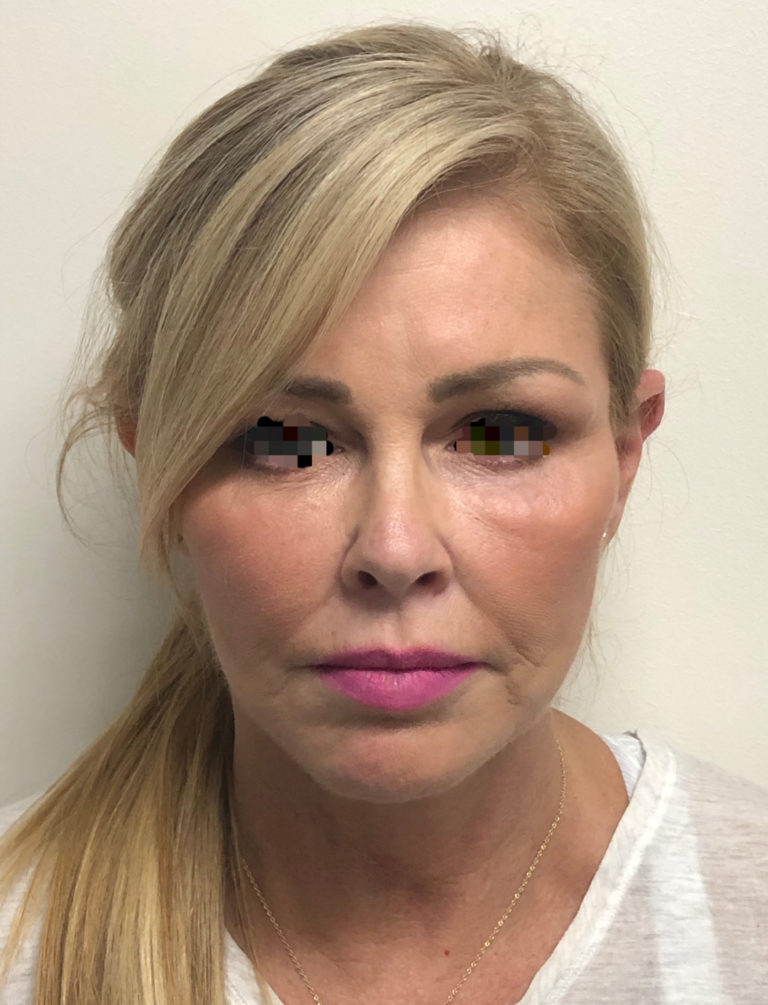
Before
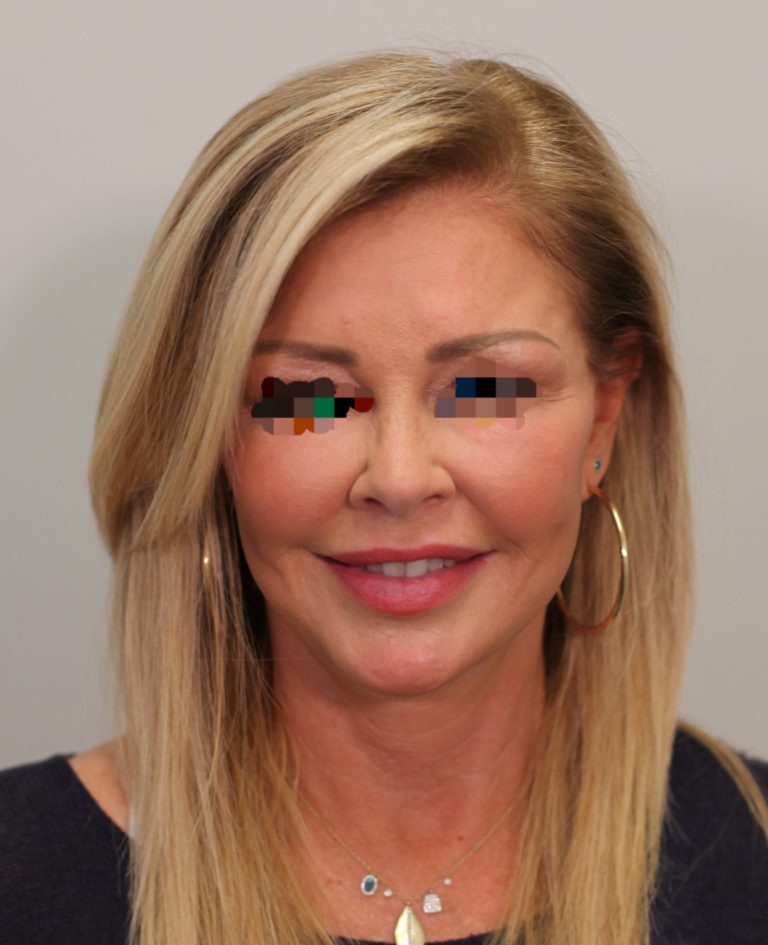
After

Before
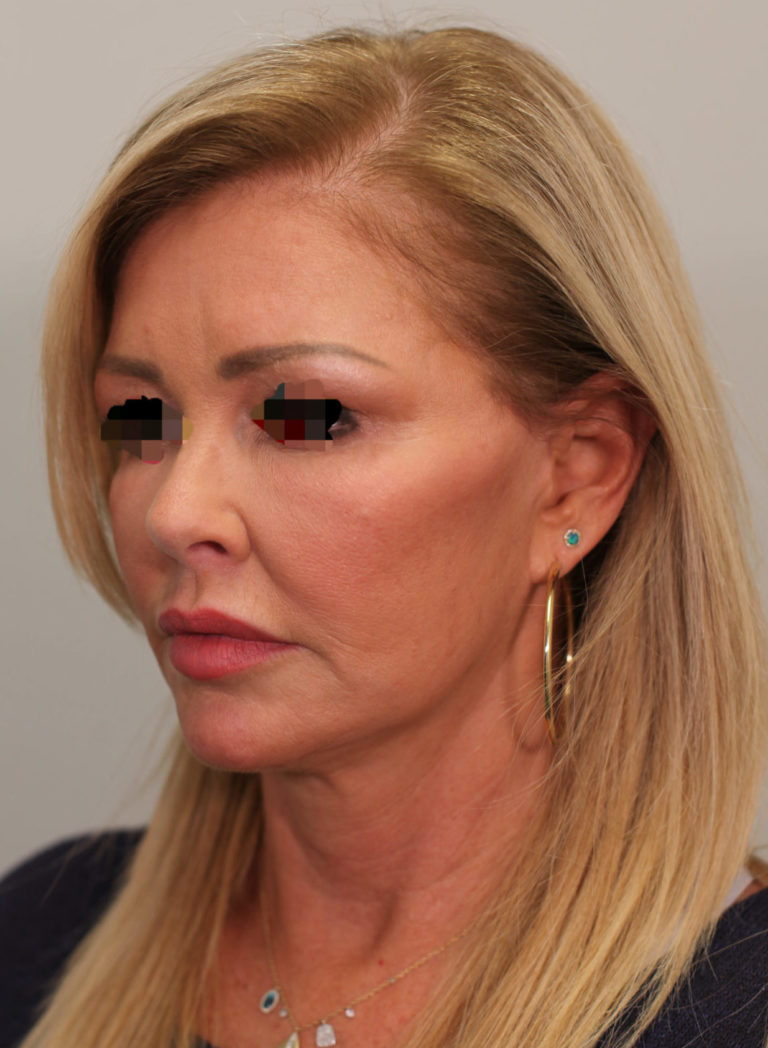
After
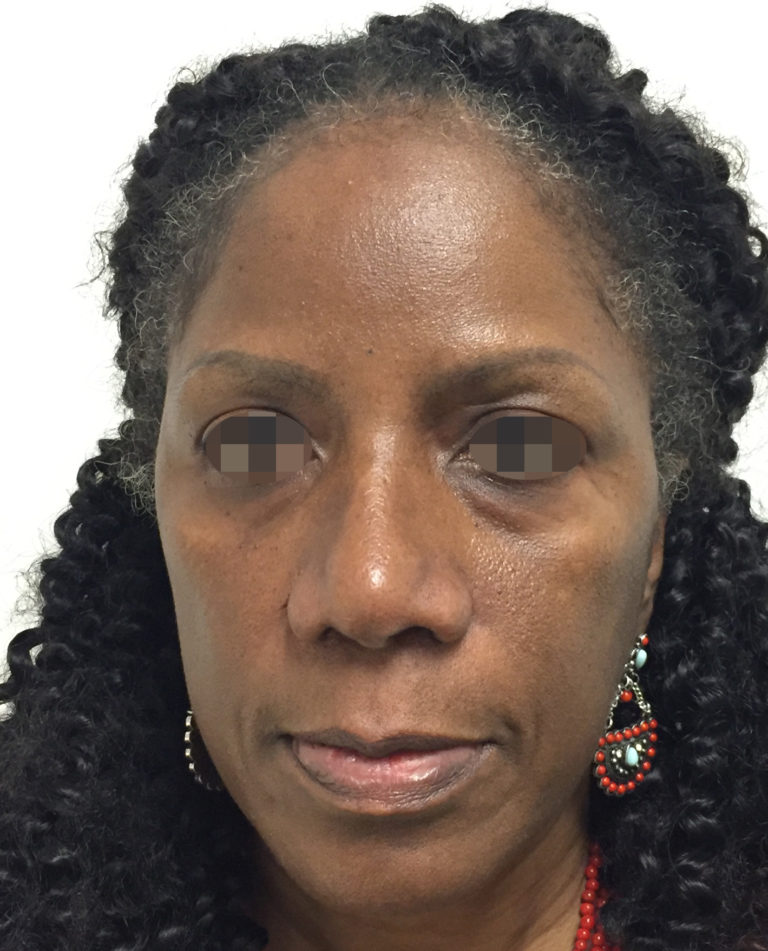
Before
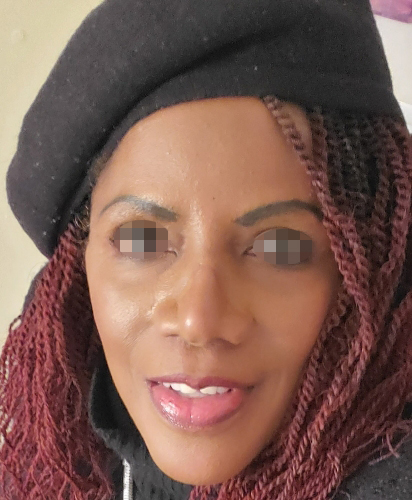
After
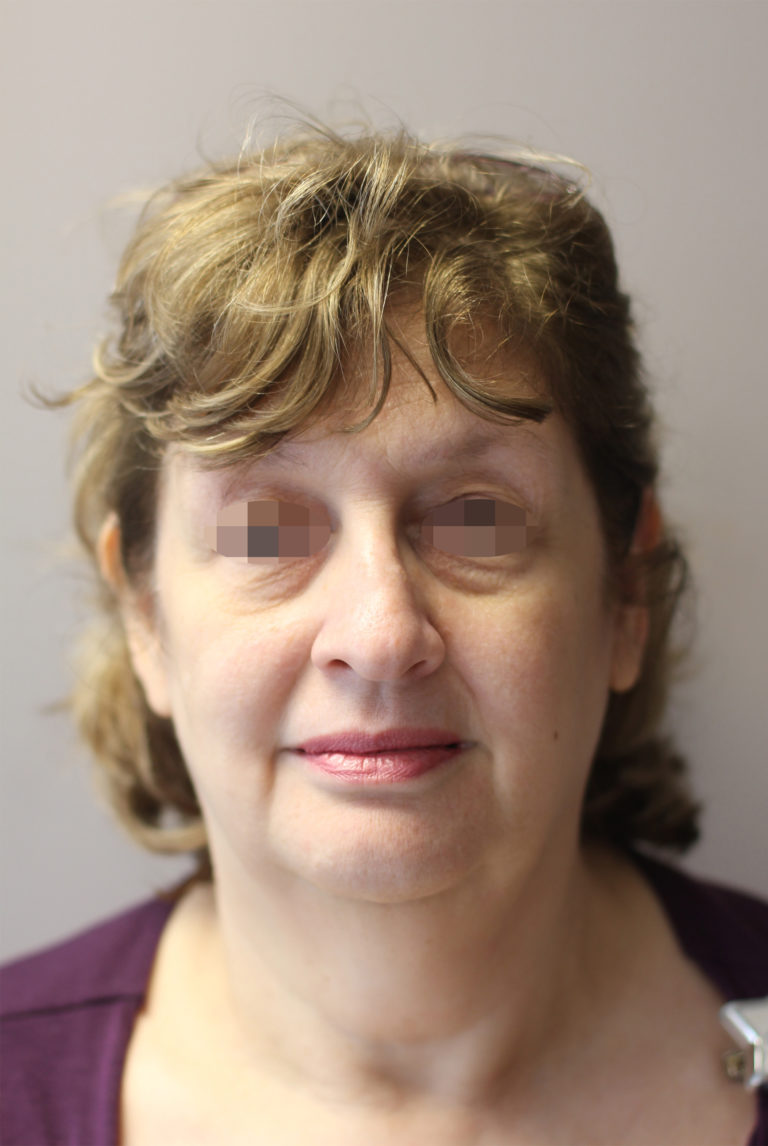
Before
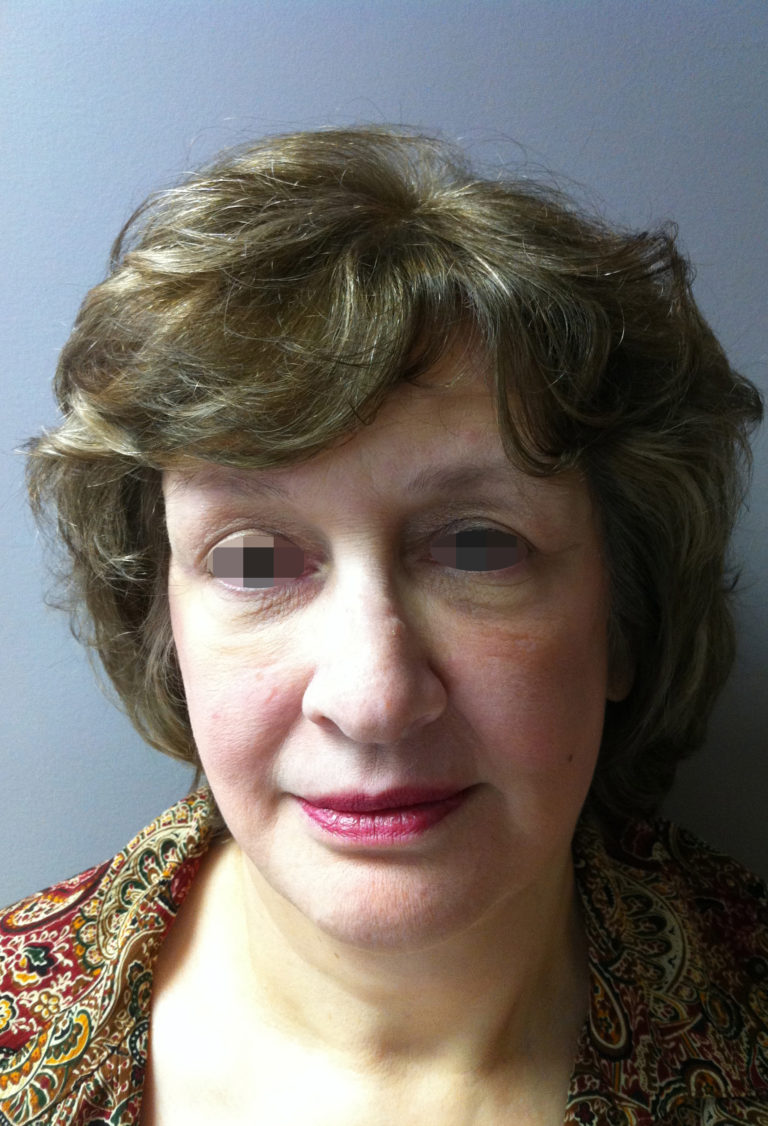
After